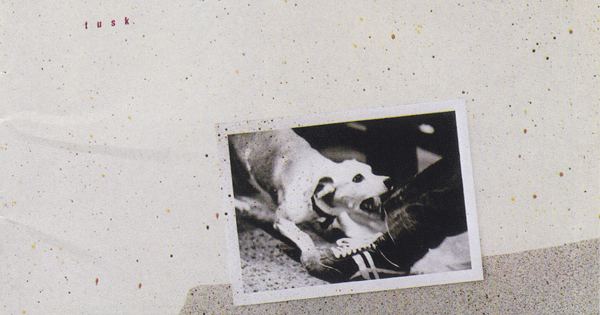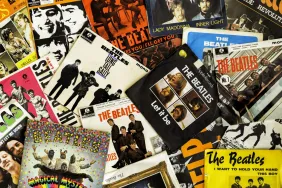Album covers were an important part of music retail sales back before downloads changed the dynamic, and this was especially true of oversized vinyl LP’s. Everyone has an opinion of what the best album covers are, but here are five notable works where our four- (and in one case, three-) legged friends were front and center.
Tusk (Fleetwood Mac, 1979):
Fleetwood Mac’s follow-up to the phenomenally successful Rumours was the most expensive album for its time, as it cost $1 million to record. The two-disc LP was called experimental, but it came across as just plain weird, especially the title track that was recorded at Dodger Stadium, featuring the USC marching band. Tusk is an interesting misfire that yielded a few hits — such as the haunting song “Sara.” What the dog on the cover means is anybody’s guess.
Working Class Dog (Rick Springfield, 1981):
Say “Rick Springfield,” and the first thing that pops into one’s mind is “Jessie’s Girl,” the Grammy Award-winning track that topped the Billboard charts for two weeks in 1981. Other songs “I’ve Done Everything for You” and “Love Is Alright Toniite” also made the charts. “Jessie’s Girl” recently resurfaced on the “Laryngitis” episode of the television series Glee (a show that seemingly revives every song that was popular in the 1980s). That’s Springfield’s Bull Terrier, Ronnie, on the cover; sadly, the dog died in 1994.
Signals (Rush, 1982):
For a while Rush had a string of album covers that featured visual puns that played into the title, and Signals’ Dalmatian sniffing a fire hydrant was no exception. Released after the band’s biggest seller, Moving Pictures, Signals features some classic Rush tunes, including “Subdivisions” and “New World Man,” which are still crowd-pleasers during tours.
American Recordings (Johnny Cash, 1994):
After 1991’s The Mystery of Life, Johnny Cash was dropped by Columbia Records. After providing guest vocals for One Bad Pig, U2, and other acts, Cash signed with American Recordings. The album, named after the studio, helped put new life into Cash’s career, as critics claimed it was his best work since the late 1960s (it also won a Grammy Award for Best Contemporary Folk Album).
Alice in Chains (Alice in Chains, 1995):
AIC fans refer to this album as “Tripod,” as it lacks an official title. As a follow-up to the band’s best-selling Dirt, this album has no shortage of behind-the-scenes drama, as songs were composed almost on the fly, and lead singer Layne Staley wrestled with drug abuse. Nevertheless, Staley’s demons produced some of the band’s most memorable songs, especially the Grammy-nominated “Again.” Sadly, this was the final AIC studio album for Staley: he died of a drug overdose in 2002, and the band wouldn’t release a follow-up until 2009.









